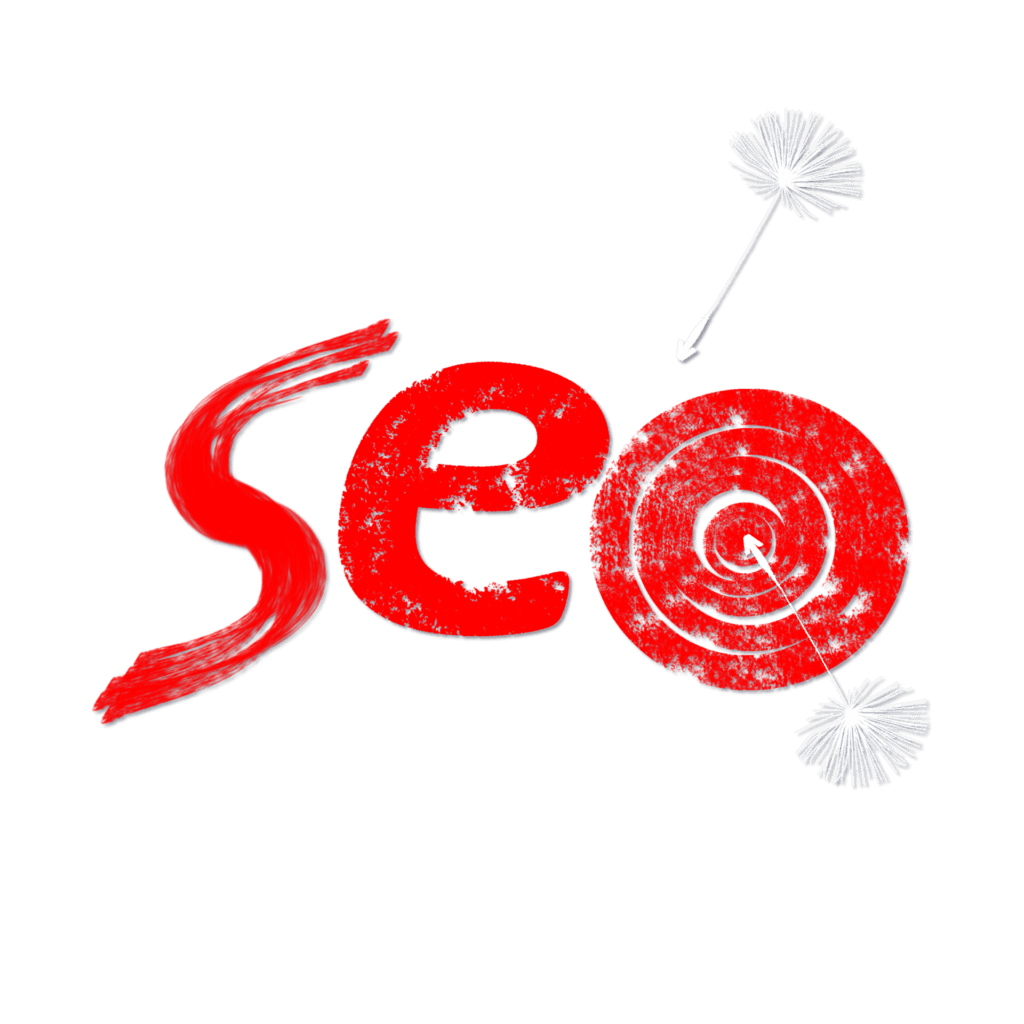On-page SEO is crucial in optimizing your website for search engines and improving its visibility in search results. Focusing on various elements within your control can enhance your web pages’ relevance, user experience, and overall performance. This article will explore the basics of on-page SEO, covering essential techniques and best practices that will help you optimize your website effectively.
Page Titles
Page titles are one of the most important on-page SEO elements. They provide a concise and accurate description of the content on a particular web page. It is essential to include relevant keywords in your page titles to signal their relevance to search engines. Well-crafted page titles improve search engine rankings and entice users to click through to your website.
Meta Descriptions
Meta descriptions are short snippets of text that appear below the page title in search engine results. While they don’t directly impact rankings, they attract users and influence click-through rates. Meta descriptions should concisely summarize the page’s content and incorporate relevant keywords. Crafting compelling and informative meta descriptions can entice users to visit your website.
URL Structure
URLs should be user-friendly, descriptive, and easy to read. Including relevant keywords in your URL structure can help search engines understand your page’s topic. Avoid using long and complicated URLs; opt for concise and meaningful ones that accurately represent the content.
Heading Tags
Heading tags (H1, H2, H3, etc.) help structure your content and provide hierarchical organization. The H1 tag represents the page’s main heading and should contain the primary keyword. Subheadings (H2, H3, etc.) can break down the content into sections, making it more scannable for users and search engines.
Keyword Optimization
Keyword optimization involves strategically incorporating relevant keywords throughout your content. However, it’s essential to use keywords naturally and avoid keyword stuffing. Place keywords in critical areas such as the page title, headings, meta description, introductory paragraph, and throughout the body of the content. Focus on creating high-quality, informative content that satisfies user intent and provides value.
Content Quality and Relevance
Creating high-quality and relevant content is vital for on-page SEO. Search engines prioritize content that provides value and meets the needs of users. Develop content that is well-researched, informative, and engaging. Incorporate relevant keywords naturally, but remember that user experience and readability should always be the priority.
Image Optimization
Optimizing images is an essential part of on-page SEO. Use descriptive file names for your pictures, and include relevant alt tags that describe the image’s content. Compress images to reduce file sizes and improve page loading speed, which is a ranking factor and contributes to a better user experience.
Internal Linking
Internal linking refers to linking to other pages within your website. It helps search engines understand the structure and hierarchy of your website and distributes link authority across different pages. Internal links also assist users in navigating your site and discovering related content. Use descriptive anchor text when linking to other pages to provide users and search engines context.
Page Loading Speed
Optimize your website’s loading speed by compressing images, minifying code, and utilizing caching techniques.
Readability
Create content that is easy to read and understand by using short paragraphs, bullet points, subheadings, and clear formatting.
Conclusion
Mastering the basics of on-page SEO is essential for optimizing your website’s visibility and improving its performance in search engine rankings. Implementing the techniques and best practices discussed in this article can enhance your website’s relevance, user experience, and overall search engine optimization. Remember to focus on elements such as page titles, meta descriptions, URL structure, heading tags, keyword optimization, content quality, image optimization, internal linking, and other key factors contributing to a well-optimized website.

